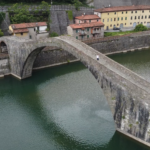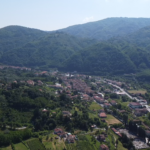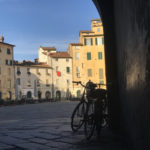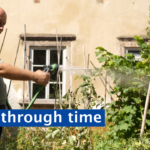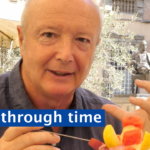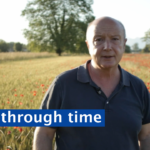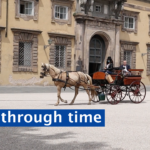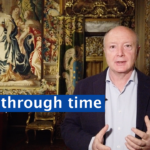
Corsagna is the most populated hilltop village in the municipality of Borgo a Mozzano and is located on the slopes of the Pizzorne plateau at about 400 meters above sea level, dominating the Serchio River Valley. The village of Corsagna is quite spread out, characterized by many courtyards and consists of various rioni 1 (quarters): Pozzo, Verace, Postabbio, Fucina, Piazza, Cantone, Fabbriche and Lama. The ideal itinerary allows you to discover the beautiful stone houses and courtyards that still characterize the oldest areas such as Fucina, the first rione on the south arriving from Borgo a Mozzano. In just a few minutes on foot, you can reach Piazza XX Settembre, visit characteristic Cantone with its houses perched on the hill, and head toward the upper part of the village by way of Via Postabbio. The old Corte (courtyard) Papèra...
